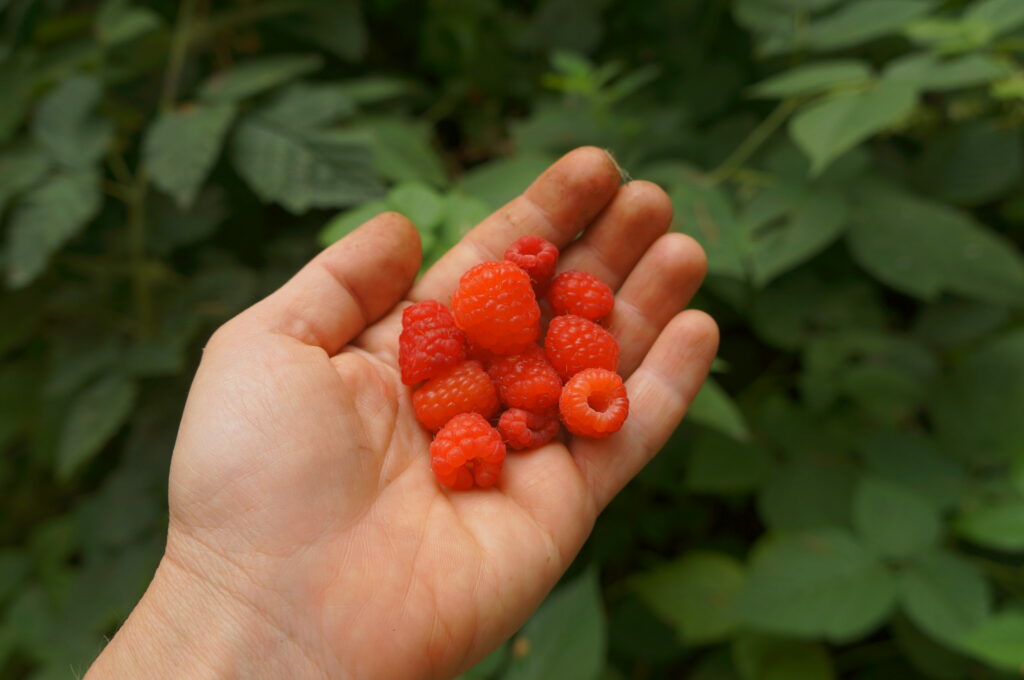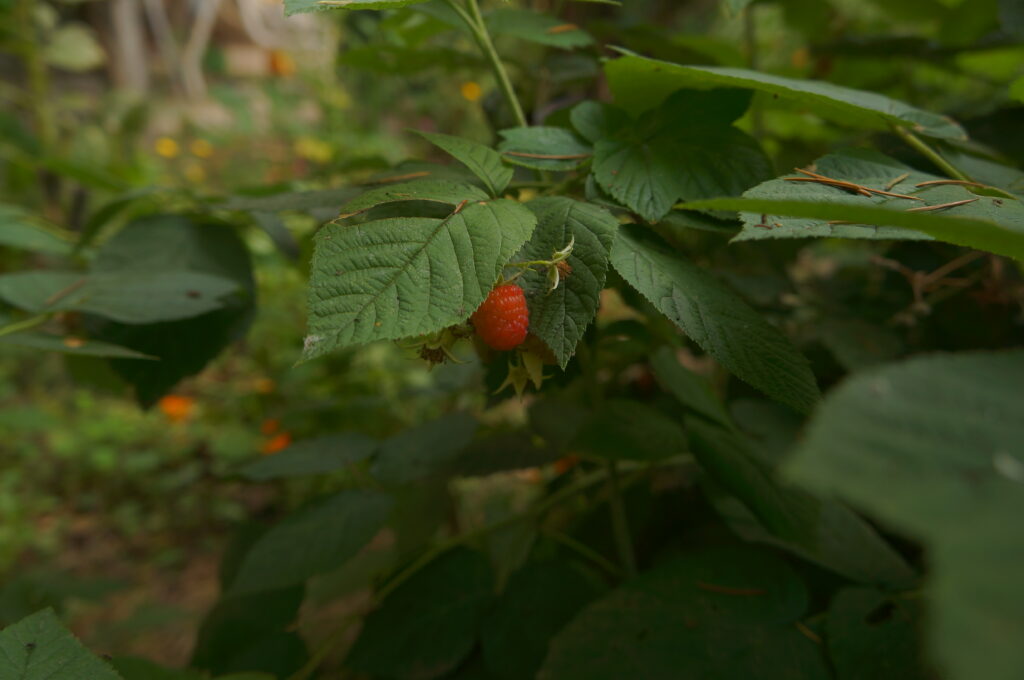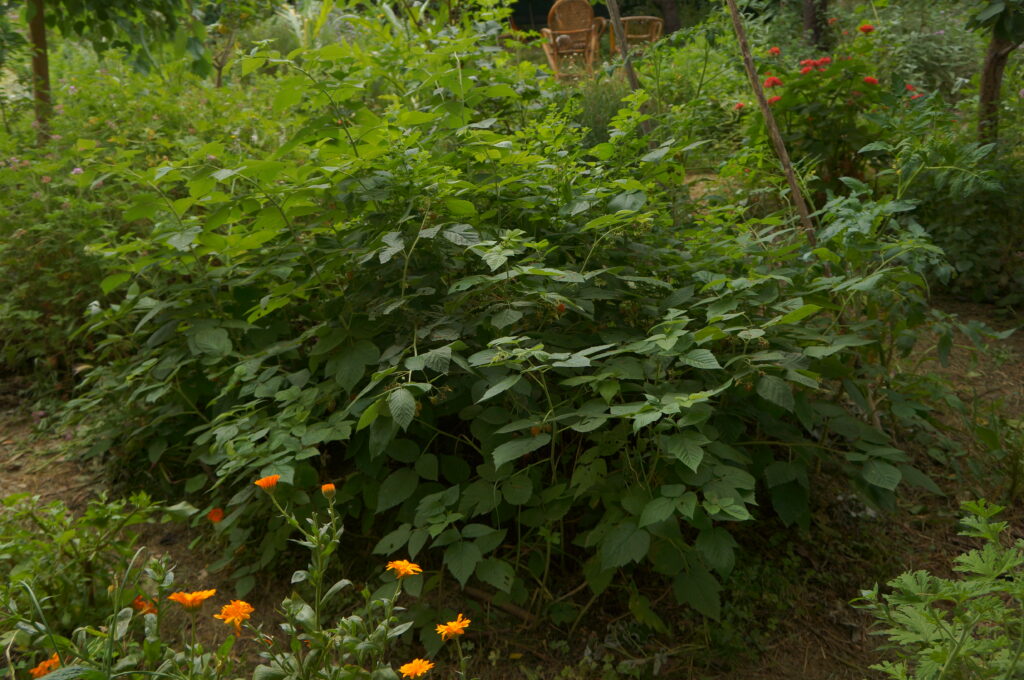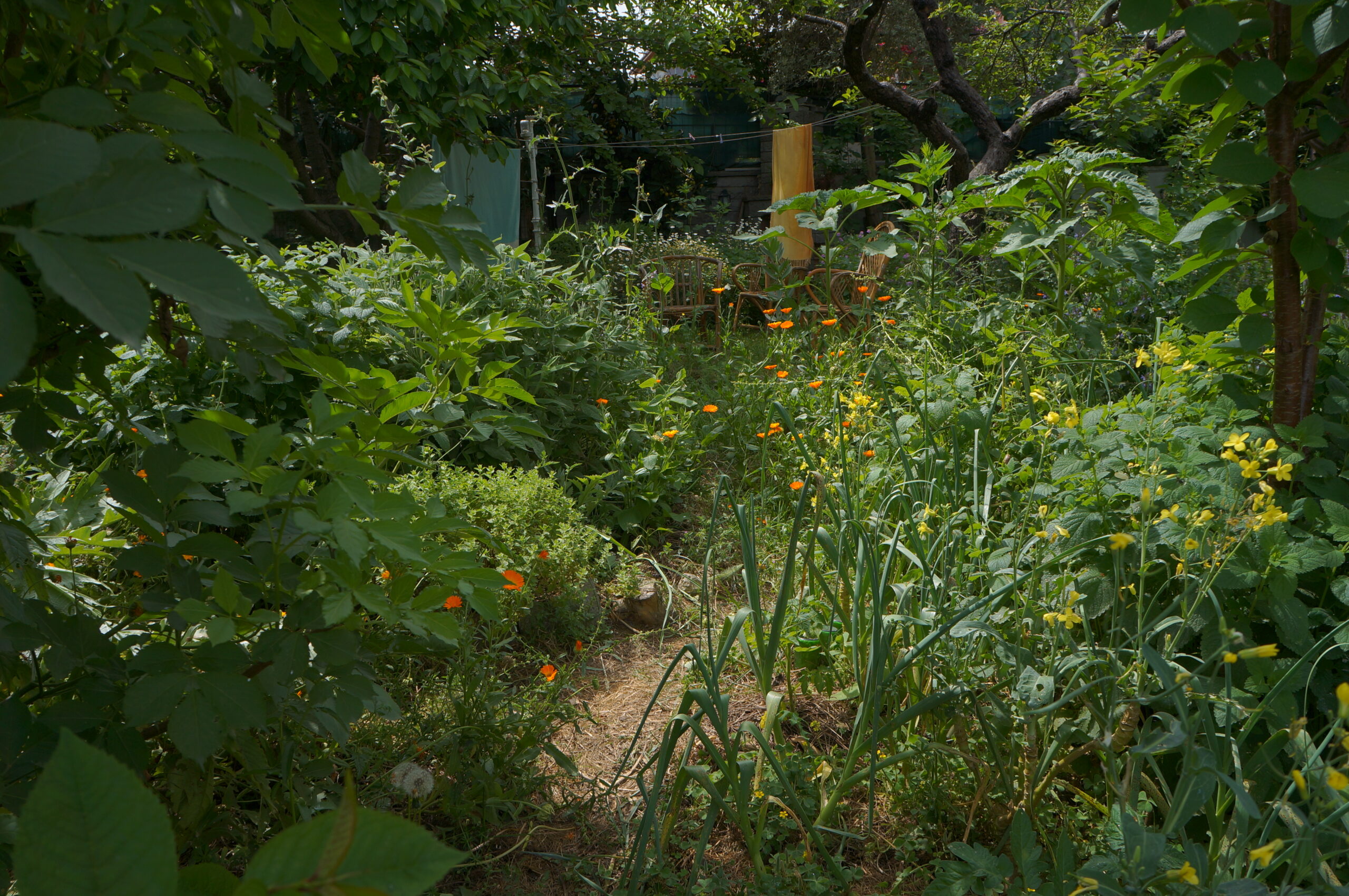
Food Forest in Late Spring
It’s the last week of May here .
Even though we’re having less and less rain each year in spring, the garden is full of life!
The advantage of having mostly perennial plants is that since they already have established root systems, they need less water and they’re more resilient.
There are a ton of plants in our food forest, but for now I’ll go through some of them:
ARTICHOKE
We have more artichokes this year. Each fall I propagate them by dividing their suckers.
They start to produce at least 1 year later. When they’re well established, one plant can yield 2-3 flower heads which are delicious when sliced up and stir fried!
I even eat the stem by peeling all the stringy bits.The inner core is very sweet!
Placing in food forest: Under the perimeter of fruit trees and open edges. In our climate they start to vegetate with autumn rains,right when fruit trees’ leaves are falling and they go to dormancy in summer, when the fruit trees need most of the water and nutrients in soil. So it’s a win win situation!
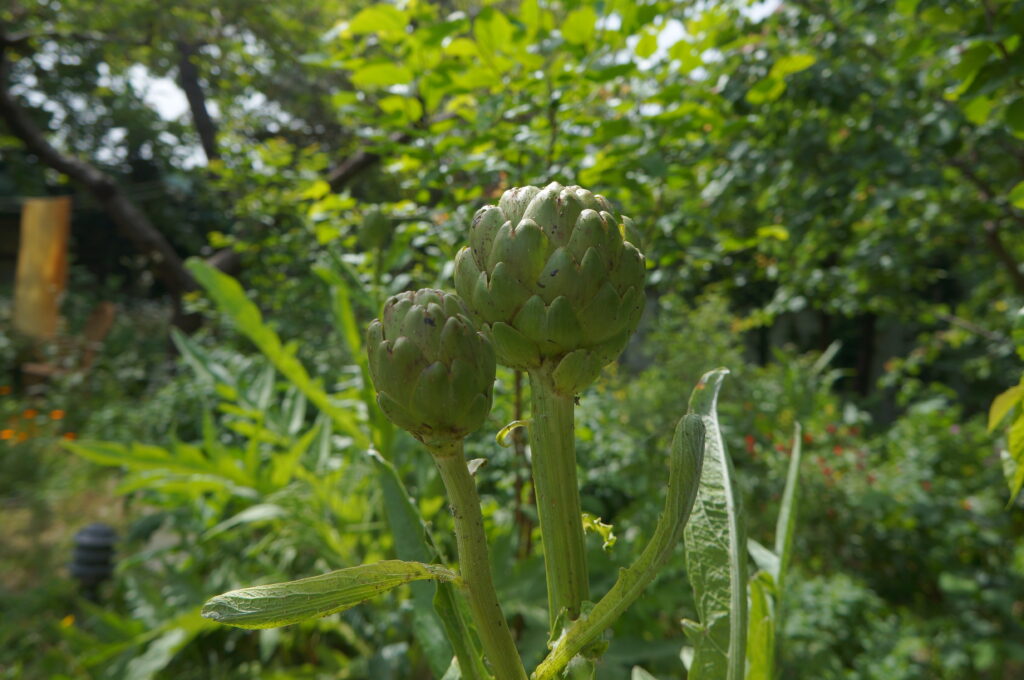
RASPBERRY
This year we have incredible amount of growth in raspberries .They’re shooting suckers like crazy! It’s one of my favorite plants, because it doesn’t need much maintaining and it’s super productive.
Once you have one raspberry plant, you’ll have many! By digging the suckers each fall you can plant them elsewhere in the garden.
Placing in food forest: In between fruit trees , shady areas with partial sun, next to boundries (fences, garden walls), by the chicken yard (my future plan)
MINT
We have mint in the shady areas, especially under fruit trees and as a filler of empty spots.
They too grow through suckers and can take over vegetable beds. But I don’t worry about that because I use it in salads and cooking. With regular cutting and making use of them, you can take advantage of their invasive behavior. You can also cut and drop them, turning it into mulch.
I also gather bunches of them and dry for later use. They have new fresh growth these days which is perfect for gathering.
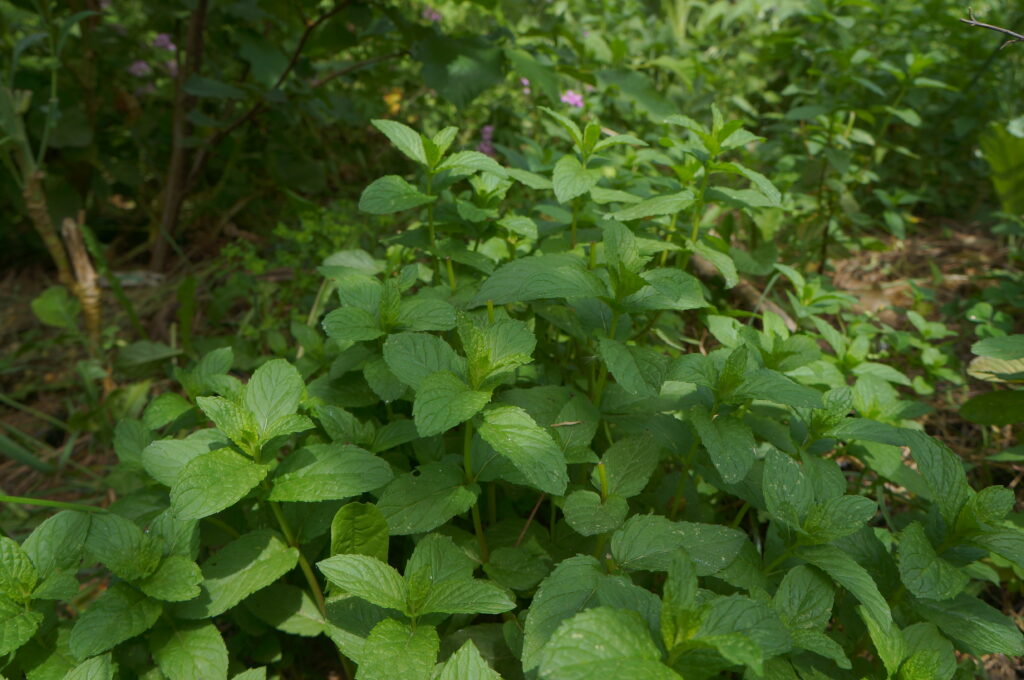
Fruit Trees
Lemon
Our lemon tree finally is on the productive side! When we first came here 4 years ago, it was a lonely tree in the middle of a vast lawn. It was often affected with woolly aphids.
Now it’s a proud member of a tree guild with lots of beneficial insect attracting plants. If interested, you can read about it in more detail here .
It’s the first year that it produced many lemons!
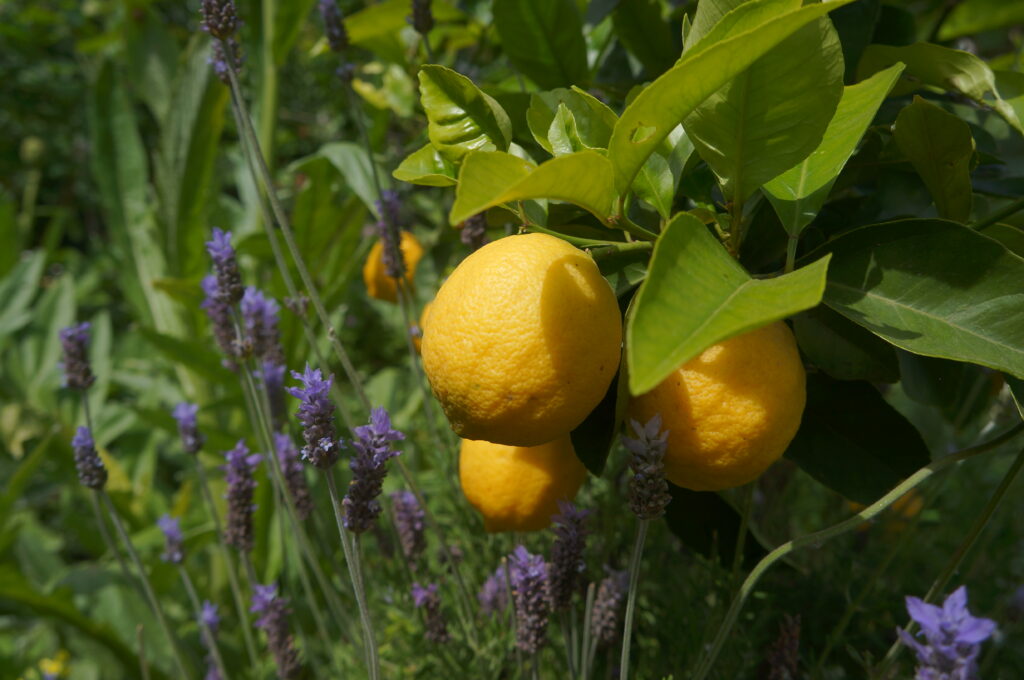
Apricot Tree
This lovely tree is finally producing fruit in abundance! In the last few years it only produced a dozen or so fruits, but this year it really kicked off!
We have so many apricots! I’m drying , making fruit leather, chutney, fermented sodas and country wine with them!
In late winter/early spring when the tree is flowering , dead nettles in the garden are in full bloom and since the bees are already there, they do a great job in pollinating the flowers.
It has many aromatic herbs and flowering plants underneath such as , pineapple sage (salvia elegans), geranium, bush daisy, fennel, pennyroyal.
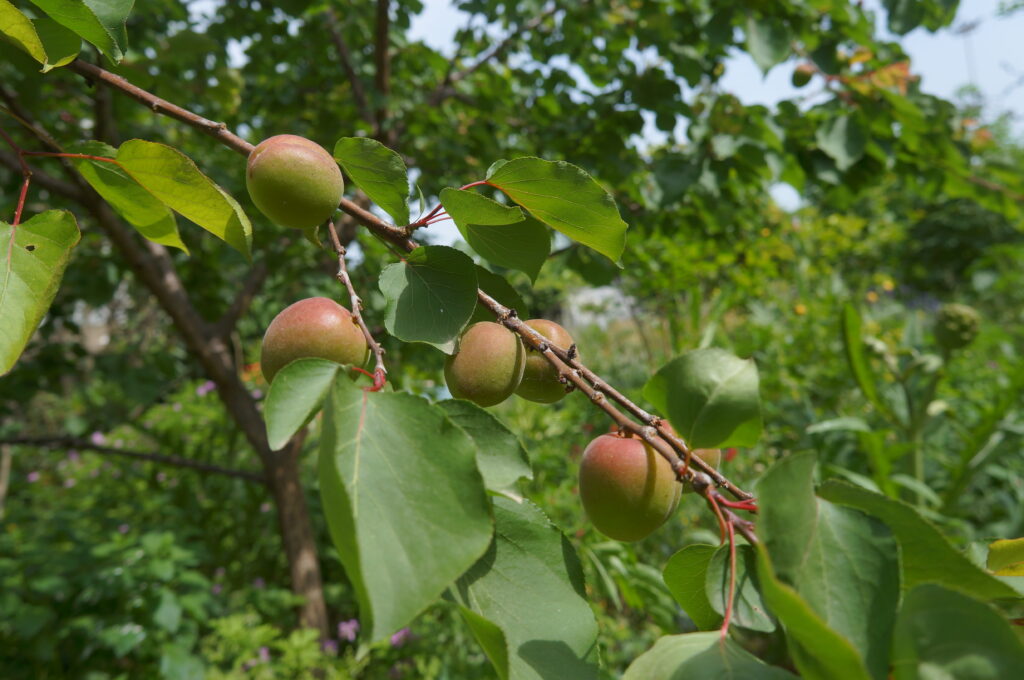
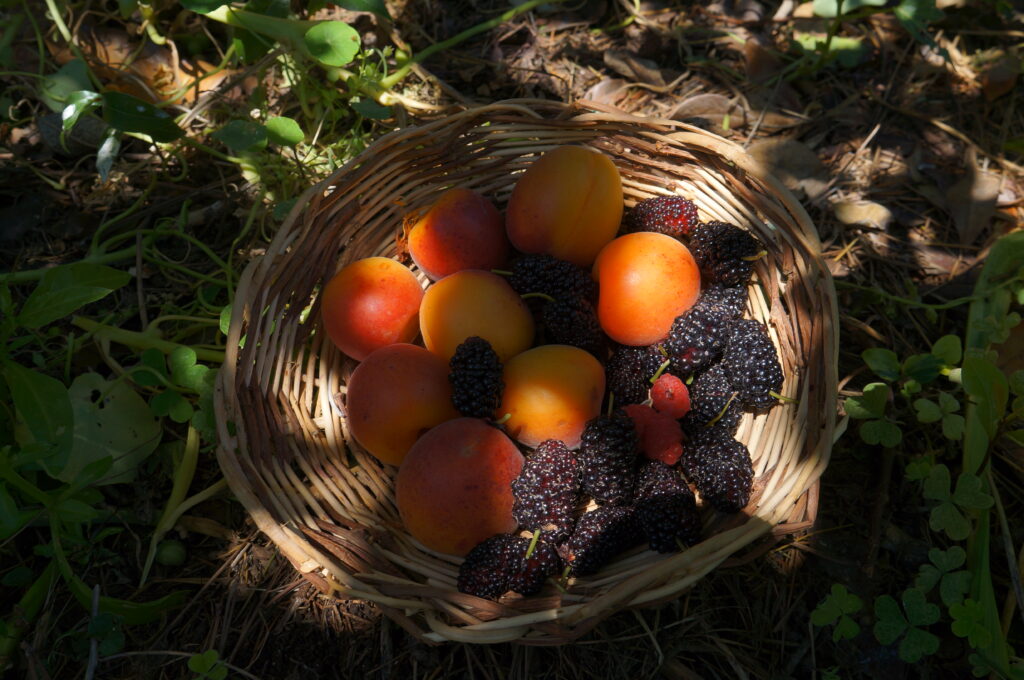
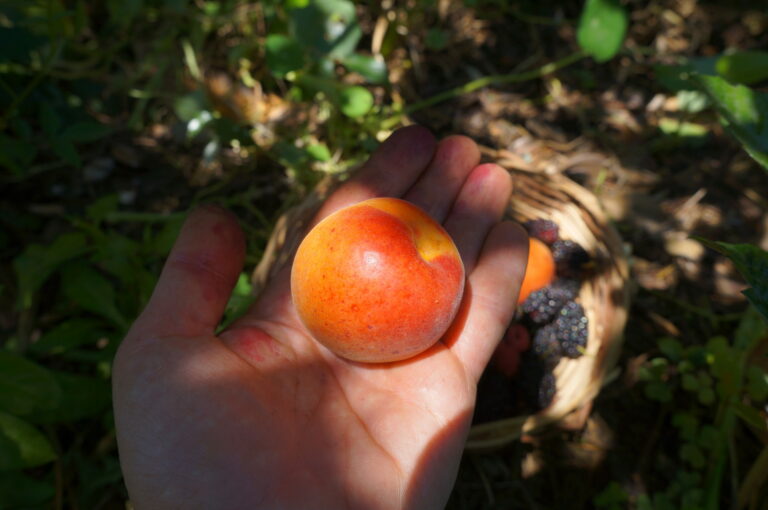
Black Mulberry
What an amazing tree!
It bears fruit very early, towards the end of April and it keeps fruiting nearly all summer!
We already collected kilos of it and froze them to make wine later on. We keep eating and eating. Our hands are purple now!
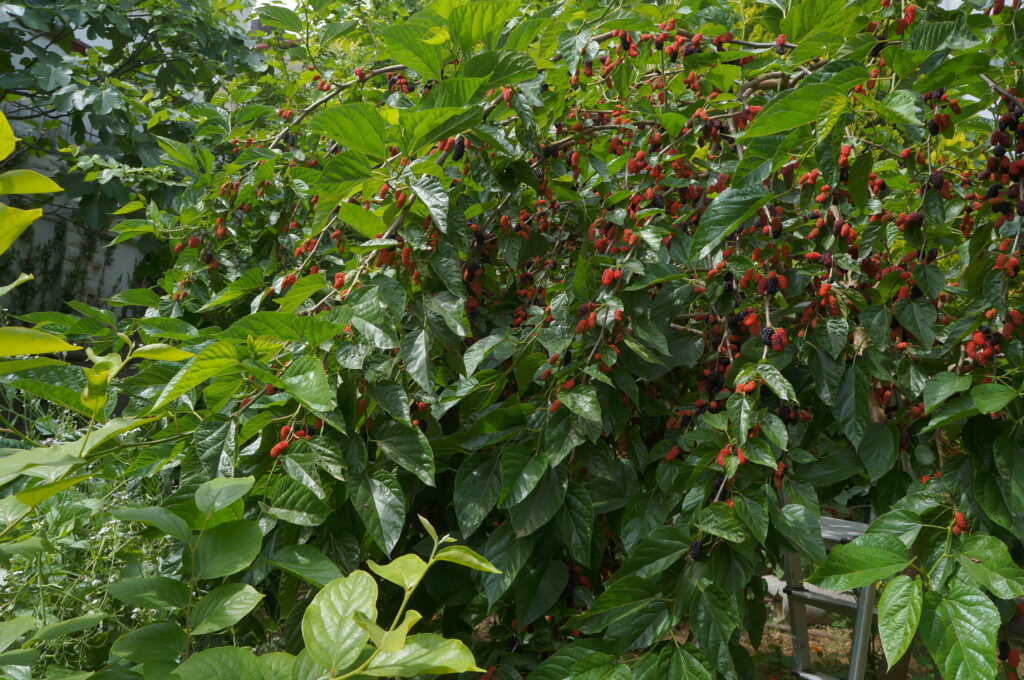
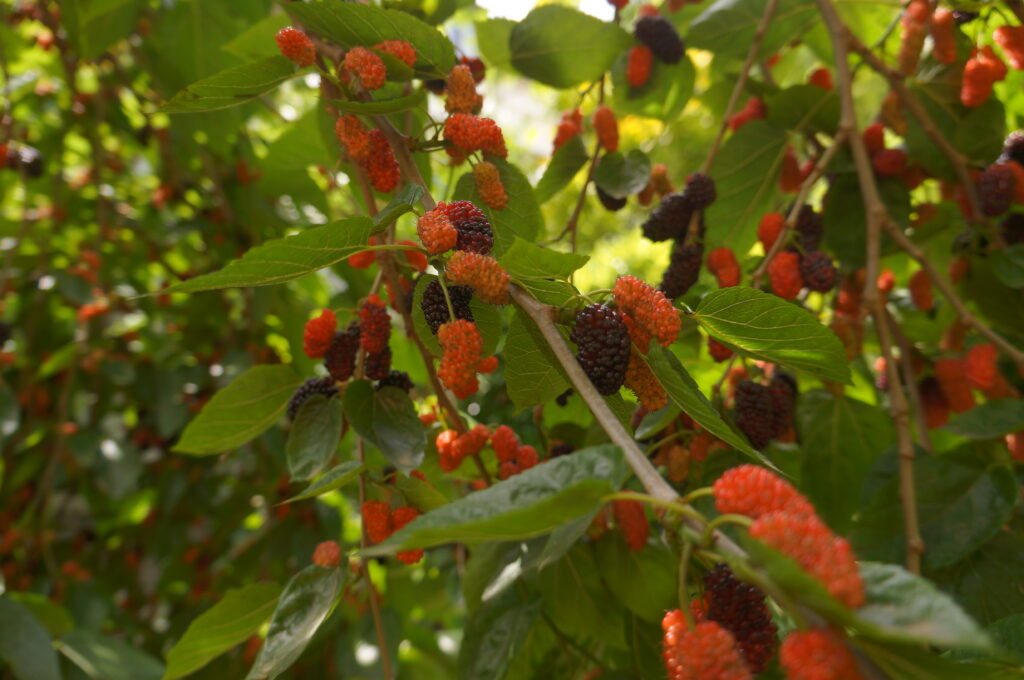
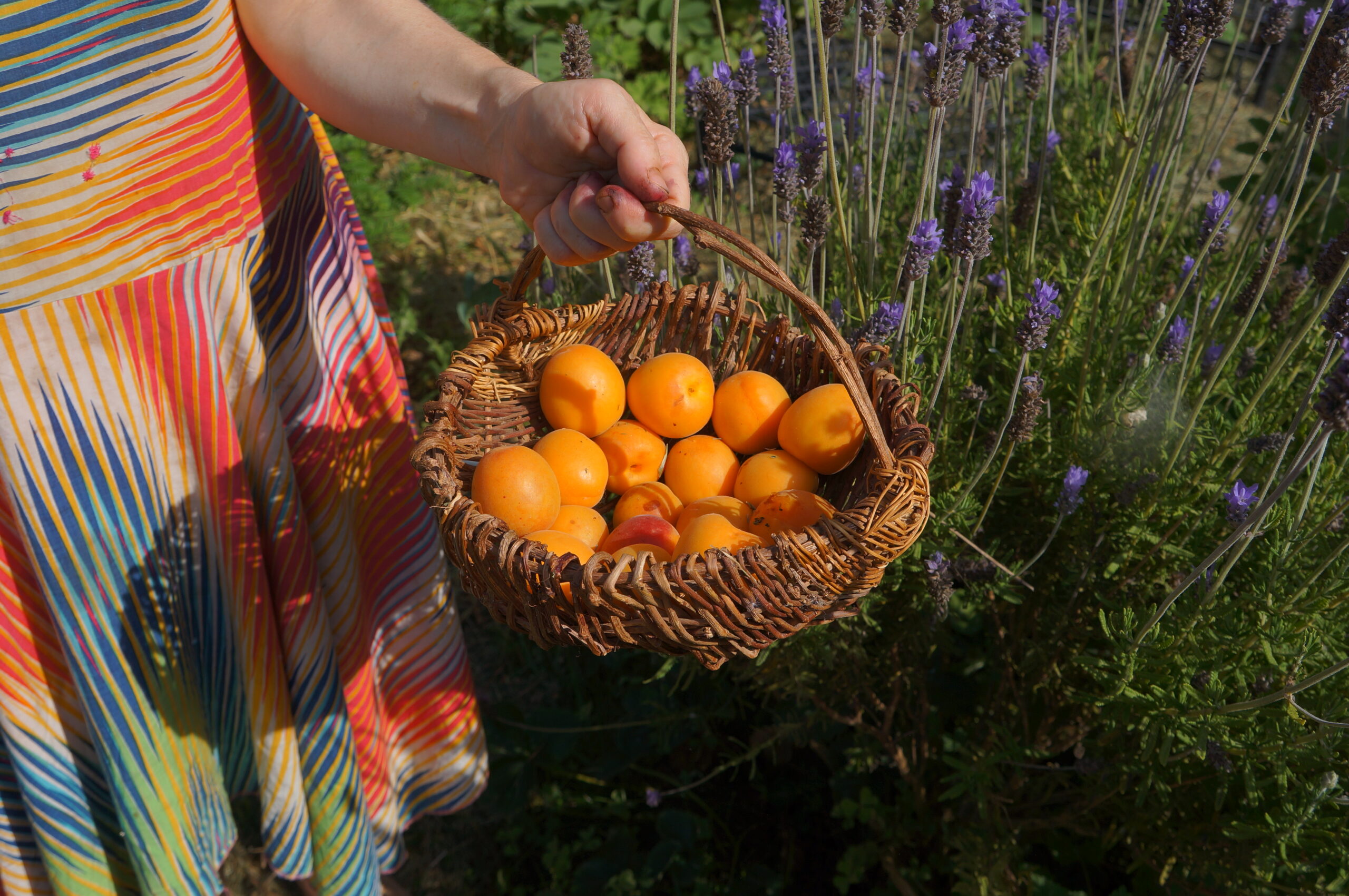
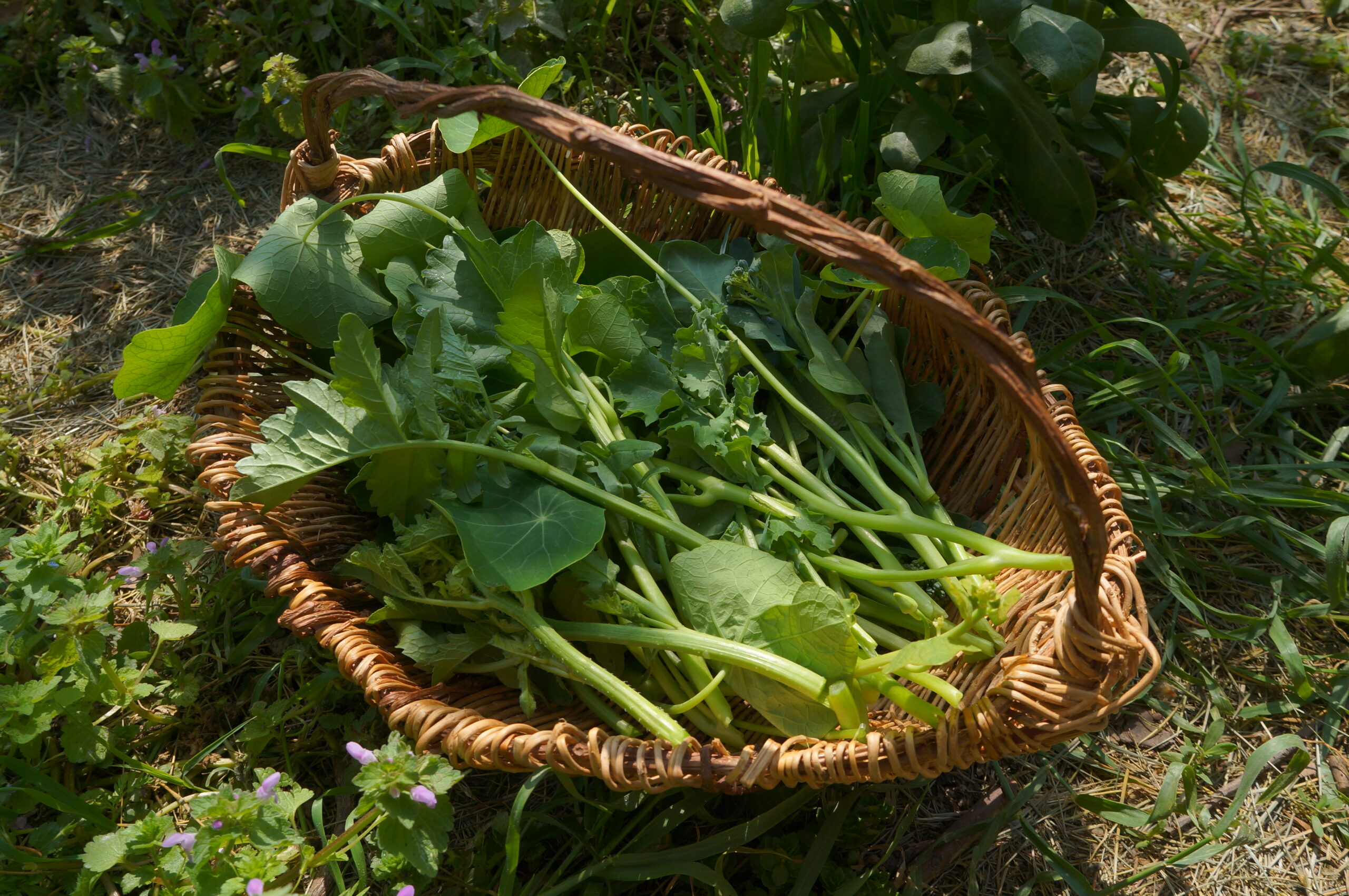
You May Also Like

Wasp spider
August 22, 2023
A Tree Guild
June 2, 2021

